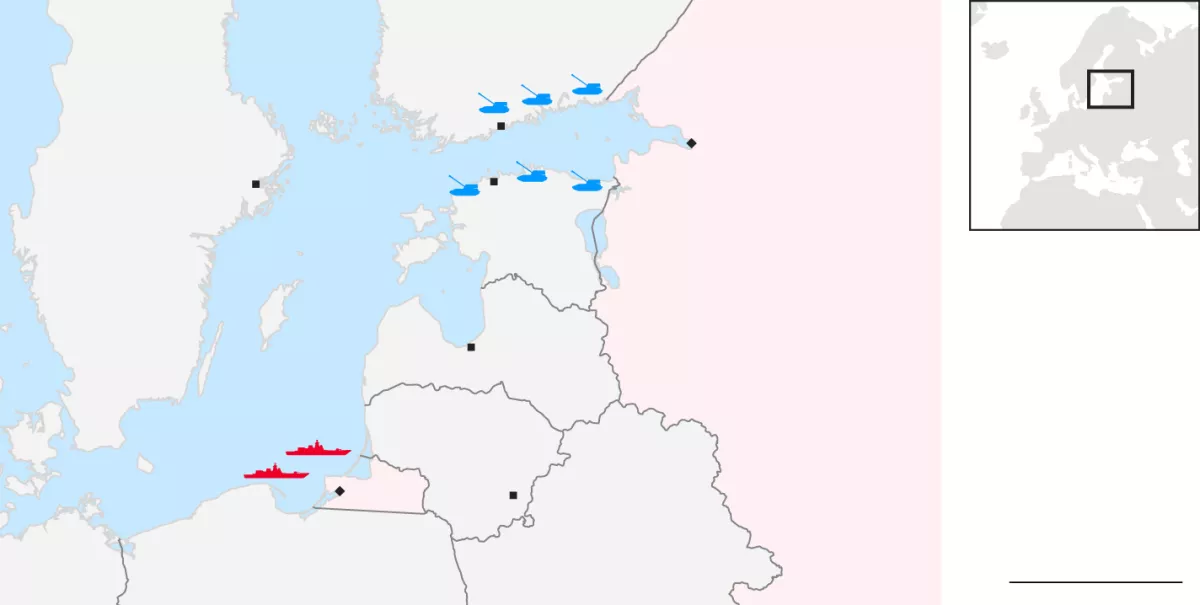Media: Sweden’s latest weaponry challenges Russian naval dominance in Baltic Sea PHOTO
Sweden’s recent deployment of advanced anti-ship missiles has escalated tensions in the Baltic Sea, further isolating Russian naval forces from crucial access routes.
The Swedish Defence Ministry has contracted Swedish defence giant Saab to supply its armed forces with the Mark 3 version of the RBS 15 anti-ship missile, a system designed to counter Russian military activities in the region, Caliber.Az reports via The Telegraph.
Valued at $72 million, the first deliveries of the new missile are expected in 2026.
The RBS 15 Mark 3 offers substantial improvements over its predecessor, the Mark 2. The new missile boasts an extended range of 120 miles—triple that of the Mark 2’s 40-mile range—and features a more advanced target seeker and a larger warhead, making it a formidable weapon against both ships and land targets.

This missile system could prevent Russian ships from reaching the North Sea or the wider Atlantic, thus restricting access to critical maritime corridors.
Since Russia's 2022 invasion of Ukraine, Sweden, alongside other Baltic NATO members, has bolstered its defences. The Swedish coastal artillery, re-established in 2016 after a 16-year hiatus, is now equipped with these more powerful missiles.
The missiles can now be launched from truck-mounted platforms, strategically positioning them to target Russian warships as they leave the Gulf of Finland, en route to broader open waters. With Swedish sensors deployed across air, land, sea, and space, these missiles effectively block Russia's access to the Atlantic, while simultaneously denying the Baltic Sea to Russian warships sailing from St. Petersburg and Kaliningrad.
Sweden's military growth is part of a broader NATO strategy to counter Russian influence in the region. Following Russia’s aggression in Ukraine, the alliance expanded, with Sweden formally joining in March 2024 and Finland a year earlier.
The Swedish RBS 15 Mark 3 complements the region’s defence capabilities, with neighbouring Estonia and Latvia also investing in advanced anti-ship missile systems.
Estonia, for example, purchased Blue Spear 5G missiles from Israel in 2021, and Latvia acquired Naval Strike Missiles (NSM) from Norway. These missiles, with ranges of up to 200 miles and 115 miles, provide a strong deterrent against Russian naval forces.
With these advanced missile systems now in place, the Baltic Sea has become a significantly more hostile environment for the Russian navy. As NATO continues to strengthen its maritime defenses, the question arises: could Russia's fleet even contest the Baltic in the event of open conflict with the alliance?
As tensions rise, Russia may struggle to maintain its dominance over the region, faced with the growing threat posed by NATO’s expanded missile arsenals.
By Aghakazim Guliyev








